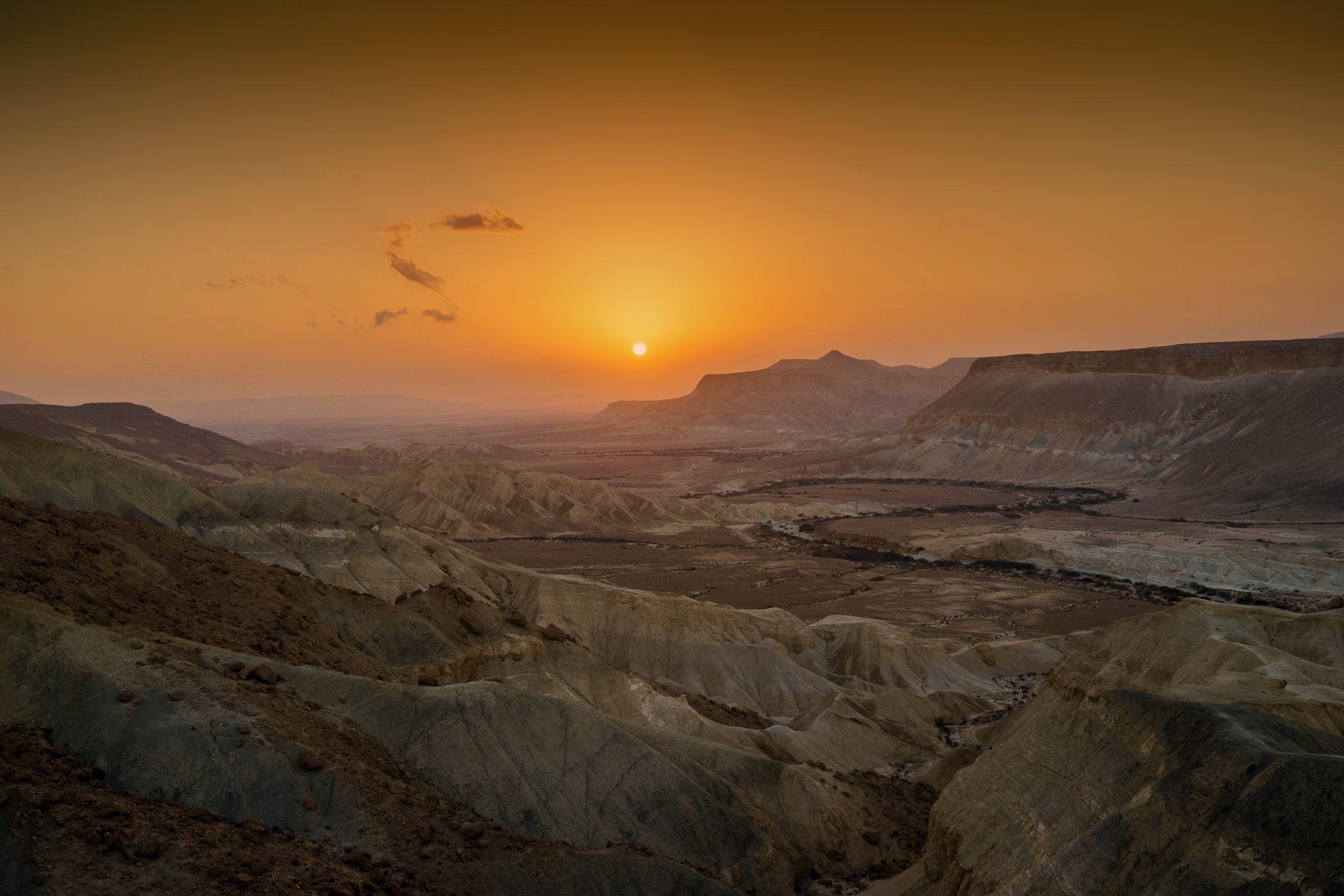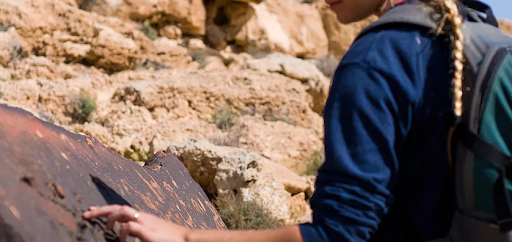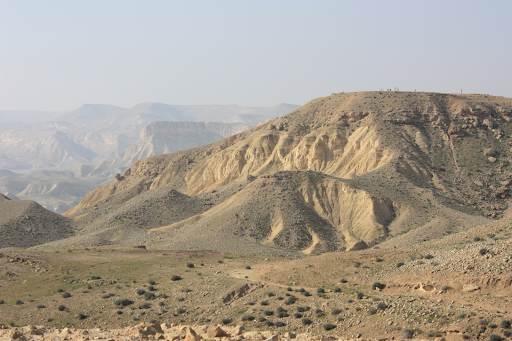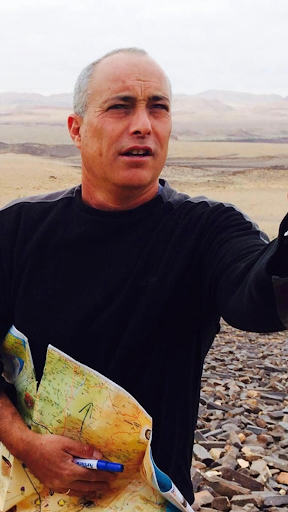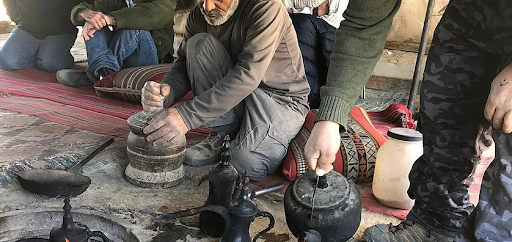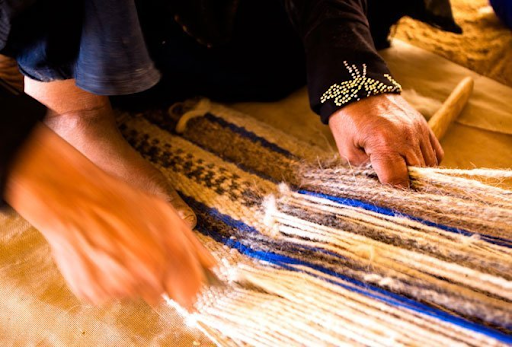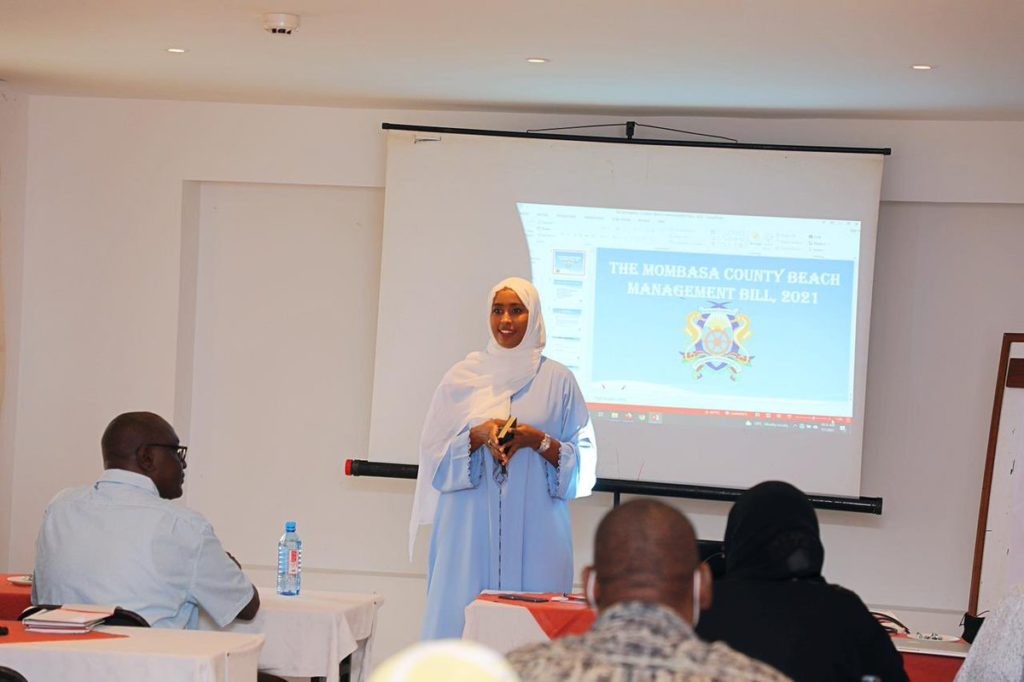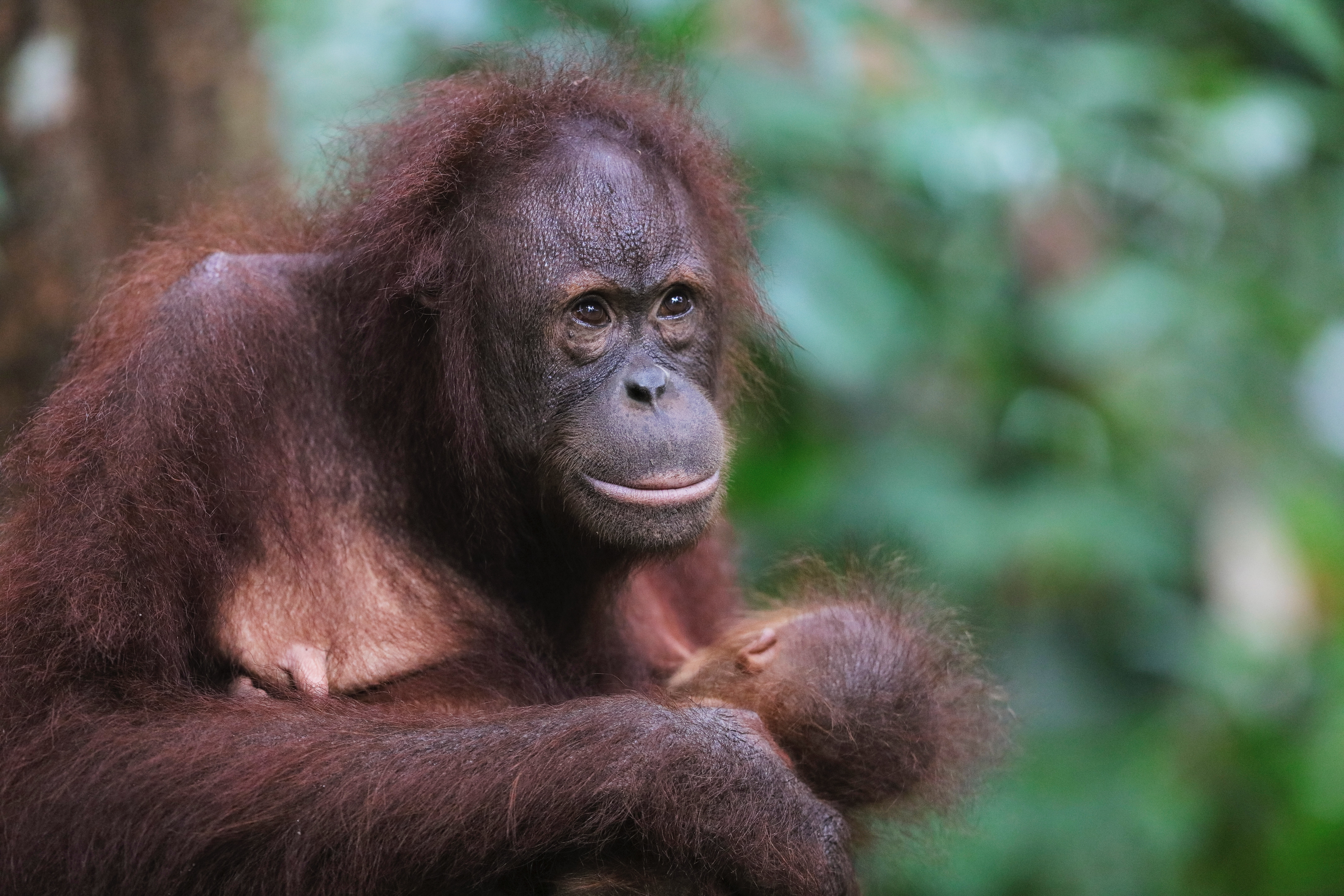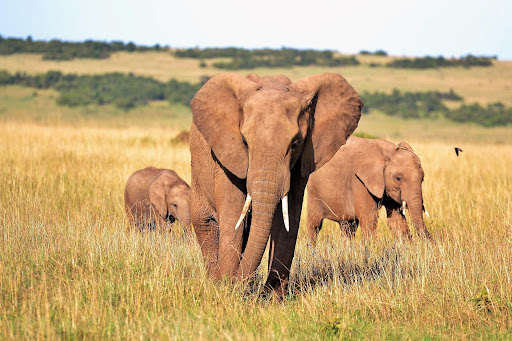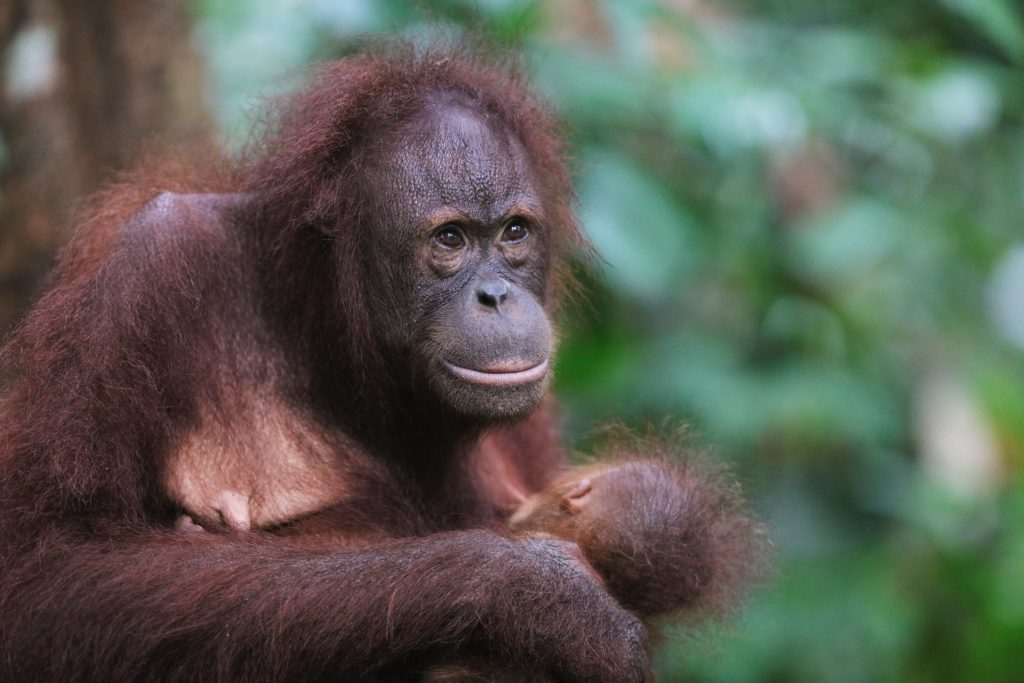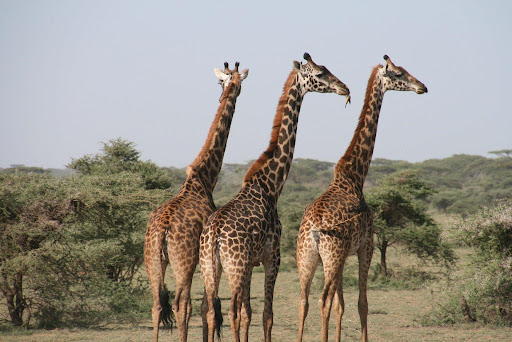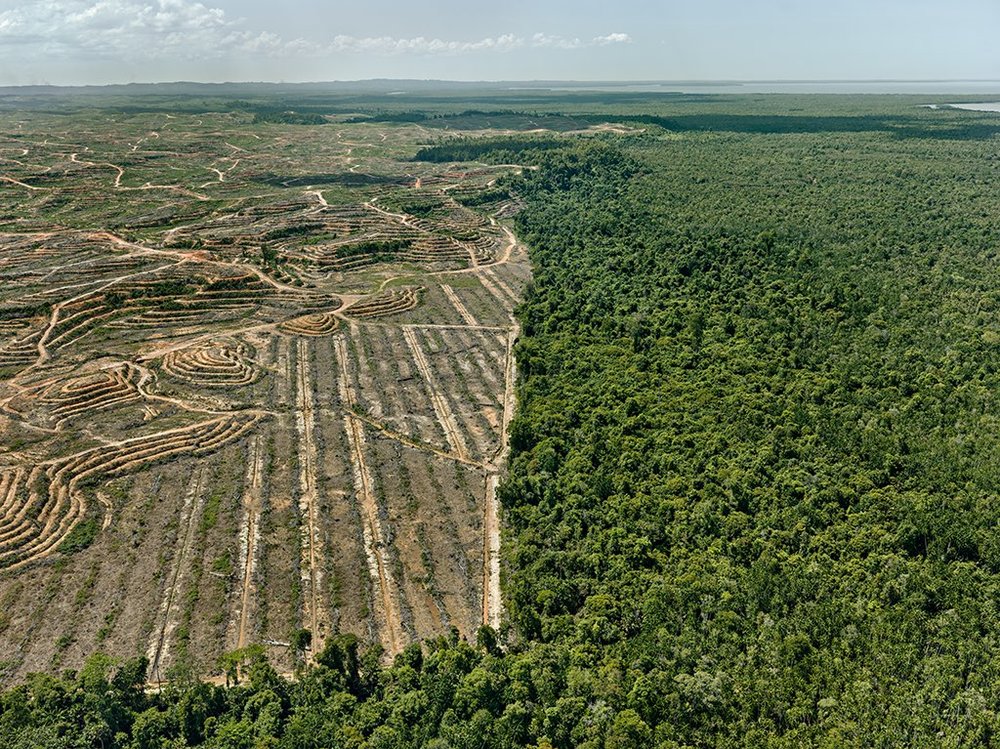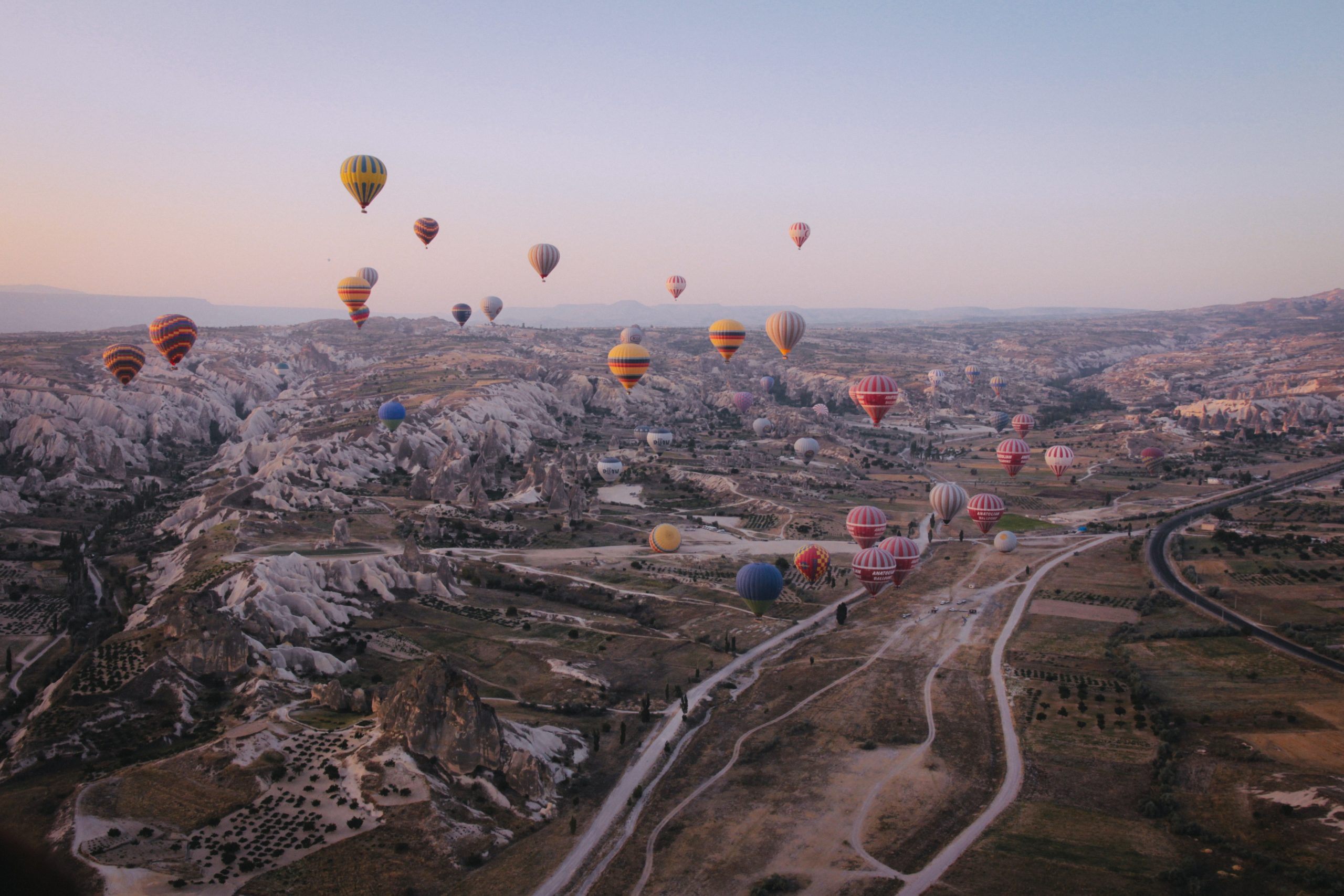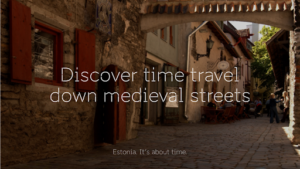While Solimar is typically supporting more under-the-radar destinations like Guyana or Liberia, this does not mean that already successful tourist destinations are not worthy of interest. Each year, France receives millions of travelers, making it the most visited country in the world. As a result, France might not seem like the perfect sustainable destination. However, through unique stays and experiences, your stay can make an impact. French agritourism is the perfect way to do this. Associations like Accueil Paysan or Bienvenue à la Ferme offer tourists unique experiences of farm stays to explore the most authentic parts of France that positively impact rural communities.
Read below to learn more about agritourism in France and the promotion of sustainable tourism as a way to support rural farmers!
France’s Main Sites Can be Overtouristed
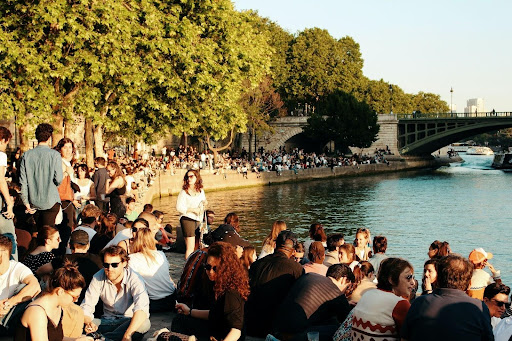
Among all different French cities, Paris is the most visited one, with over 35 million tourists in 2019. Paris is world widely famous for its romantic atmosphere, its artistic and cultural offers, as well as its gastronomy and fine-wining richness.
But when visiting Paris, you might tend to gravitate around the main attractions; the Eiffel Tower, Notre-Dame, Le Louvre… Just like millions of other tourists. In that way, the city looks more like a theme park than like an enjoyable destination where you can bask in a different culture. If you wish to experience the traditional French lifestyle, staying in high-touristed Paris is not your best option; you can find plenty of other places in the French countryside where you will be able to try authentic food, to see extraordinary landscapes, and to explore hidden spots while making a difference!
French Agritourism allows you to support farming communities
France is not only the world’s most visited country; it’s also the first agricultural producer in Europe. However, French farmers are provided with low income; agricultural productions rely heavily on the unpredictable weather and farmers are more and more indebted to pay back loans contracted to face the rise of lands’ prices.
Consequently, farmers often need to reconsider their livelihoods and search for additional and safer sources of revenue. Agritourism is one of those alternatives, offering immersive and unique sustainable experiences to tourists. This also allows farmers to gain more revenue, preserve their lifestyle, and connect with people from around the world. Associations like Accueil Paysan or Bienvenue à la Ferme were created in order to create collectives for farmers and agricultural stakeholders to support traditional farming lifestyle and to promote a more sustainable and fair tourism as a financial lifeline. They support French farms wishing to diversify their activity beyond agricultural production, and assist farmers in the organization of tours and in the creation of table d’hôtes and guestrooms to welcome tourists.
Through farm stays, by purchasing local products or by taking part in agritourism activities, you contribute to improving farmers’ lives with additional financial resources.
With agritourism in France, you can have a positive impact on other vulnerable communities
Beside agritourism activities, farmers organized educational tours for special-need and vulnerable communities. Disabled or aging people can benefit from pedagogic visits through the farms and with the animals, whereas farmers seize the opportunity of young children touring to orient them to a more sustainable lifestyle. Other groups of people which are generally left out get involved in farming projects as well; women victims of abuse, young people who dropped out of school or were heavily bullied, former prisoners trying to reintegrate in society, and vulnerable families.
With agritourism in France, you contribute to supporting rural farmers, who are then able to create opportunities for those in need. Your impact goes further than to your host directly; you contribute to local development and to helping vulnerable communities.
Agritourism allows you to discover a more authentic lifestyle
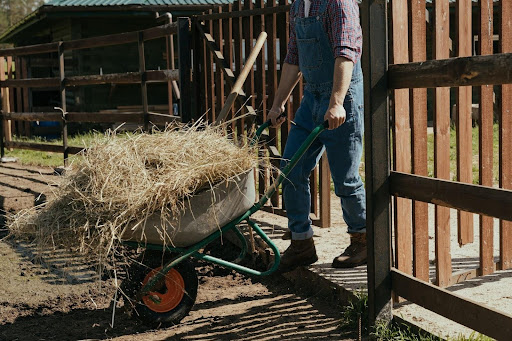
Far from Paris and its luxury boutiques, farmers live a totally different life based on hard work and sustainable productions. Through the various activities organized in French agritourism farms, you get to live unmatched adventures. Whether you love animals and want to learn how to milk a cow or a goat, or if you’d rather discover the secret know-how hidden behind your favorite cheese or wine, French farmers are more than willing to share their knowledge with you.
Agritourism in France is the guarantee to take part in experiences you would not be able to live elsewhere. You will get a better understanding of how French farmers live, and will support traditional rural communities.
Agritourism gives you the chance to sleep in unique accommodations and connect with nature
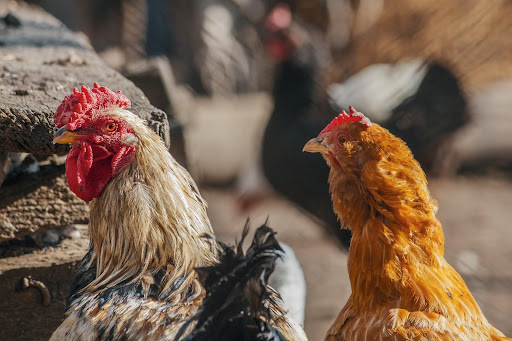
Staying for a night in a French farm is a unique moment and a special experience where you can exchange with your host. You will have time to explore the farm and its surroundings, and to connect with nature and follow its rhythm. Farm stay means observing the stars in an unpolluted sky, sleeping with the sound of cicadas and waking up with the rooster crow. You could hardly do more authentic; the rooster is the national animal of France!
If you try agritourism in France, this could be the perfect occasion to sleep in a different kind of accommodation; some farms offer regular rooms and cottages, but you could also try sleeping in unusual lodges like a trailer or a yurt.
Agritourism is the perfect opportunity to experience the best of French gastronomy
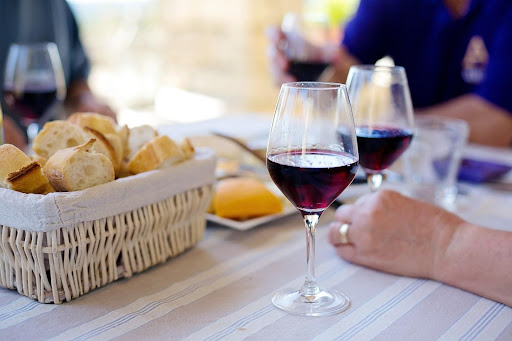
Food is so important to French people that the ‘Gastronomic meal of the French’ has even been inscribed by UNESCO on the Representative List of the Intangible Cultural Heritage of Humanity. Eating is a special moment for French people, who consider each meal a celebration, and a moment spent together around qualitative products.
Agritourism in France offers you the possibility to stay with farmers who grow and cook their own meals. You can’t find any fresher meal than the one prepared with products cultivated by the people serving you. With no intermediary, food goes straight from the field to your plate, you discover a new kind of authentic French delicacy. This is true farm-to-table luxury
Who’s going to prepare better breads and baguettes than farmers who grow their own cereals? And who will serve you a better glass of wine than the producers who know exactly how the grapes were cultivated? Your farmer hosts take care of you and of your stomach from breakfast to dinner, focusing on the quality and the sustainability of each ingredient.
Agritourism in France makes you discover remote and underrated villages
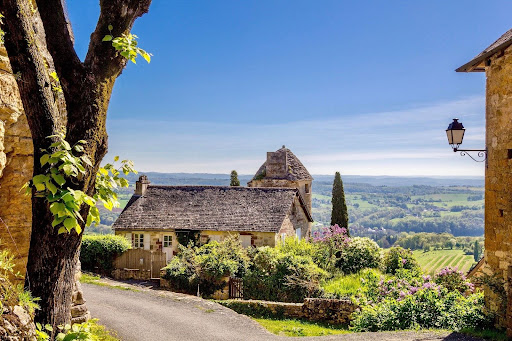
The association Les Plus Beaux Villages de France (i.e. The Most Beautiful Villages of France) was created to support French rural destinations and preserve authentic heritage. Small French villages, which are sparsely populated and often forgotten, are placed under the spotlight to show tourists how charming and attractive they can be. The association already labeled 164 villages as ‘beautiful’, and none of them is even remotely close to Paris; they are all located in rural areas!
Choosing agritourism in France allows you to discover those villages which are generally unknown to international tourists despite their authentic, charming and welcoming atmosphere. This is the chance for you to explore places where none of your friends have ever been!
Rural France is always a good idea
Even in world-widely known tourist destinations, inequalities arise, and certain communities struggle to live decently. Instead of visiting Paris like many other tourists, planning agritourism during your next trip to France is the guarantee for you to live an authentic French experience while being an important stakeholder supporting rural communities and villages.

